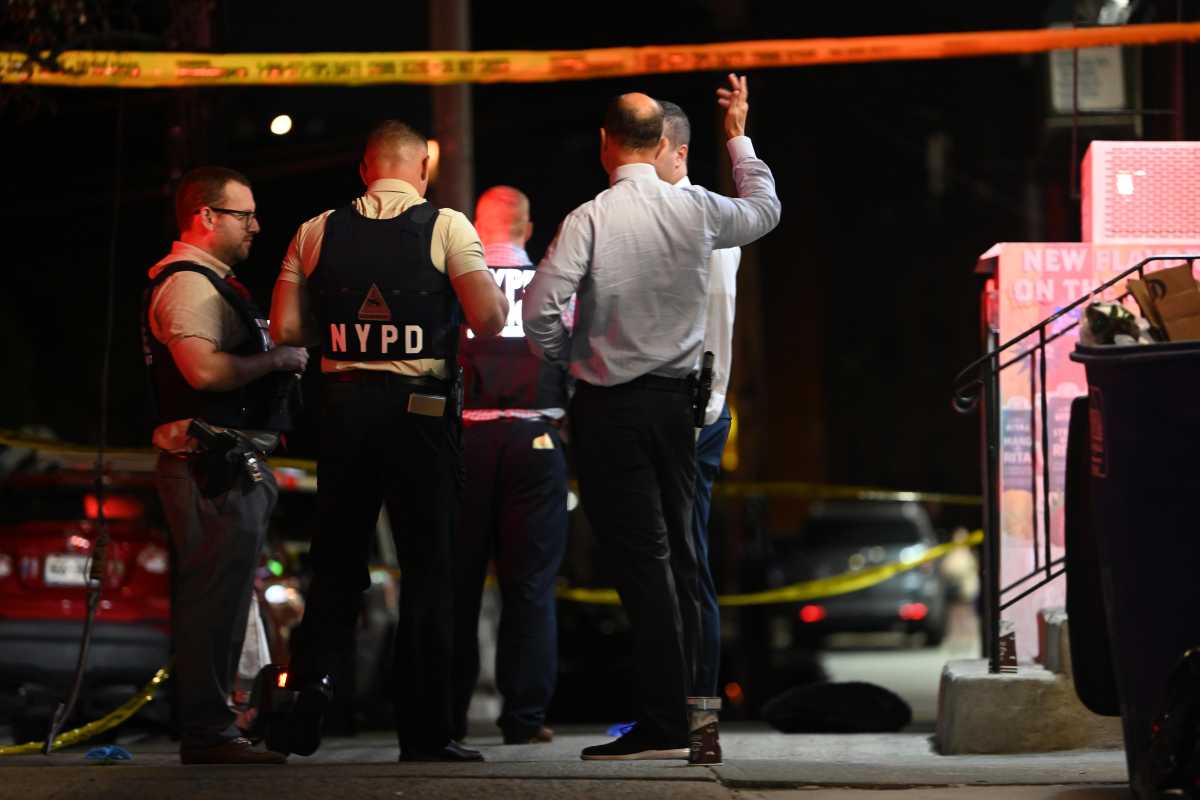The weather may be cooling, but the pressure to properly fund the MTA, reduce costly congestion, and improve air quality and emissions is still heating up.
At the top of the list of policy pressure points this summer is the Central Business District Tolling Program, more commonly known as congestion pricing. Set to go into effect on June 30th, the congestion pricing plan sought to deliver a permanent, consistent funding stream to progress transit maintenance and address Manhattan’s record-breaking gridlock. Yet, in a surprise move on June 5th, the program was put on “indefinite pause” by Governor Kathy Hochul–a previously strong proponent of the program.
With a $15 billion hole, unaddressed in the CURRENT capital program, this week, the MTA Board voted on the NEXT capital program.
The next program, covering construction needs from 2025 to 2029, maps out how the MTA will invest in vital infrastructure and system improvements – things like new electric buses, thousands of new rail cars, station elevators, and track repairs. The bulk of the program goes to the existing, often invisible, infrastructure that keeps our region moving. Only one new transit service – the IBX, a new 14-mile light rail service proposed in Brooklyn and Queens – was listed in the program.
What’s clear in the new $68 billion dollar capital plan is another deficit of $33 billion dollars, and that’s assuming congestion pricing moves forward.
Earlier this month, State Comptroller Thomas P. DiNapoli outlined potential funding scenarios that could address the identified capital needs. Given the MTA’s fiscal cliff, it is far from clear the funds will be identified, thus mounting additional pressure on Governor Hochul as we dig into the MTA’s capital program for years 2025-2029.
The congestion pricing “pause” forced MTA to cancel or postpone over a third of its current program; the new capital plan’s needs compound the deficits created by the loss of congestion pricing funds.
The congestion pricing pause also prohibits us from benefiting from reduced traffic congestion – which is the worst it has been in the modern era in Midtown – and mitigating the significant environmental impacts automobile traffic imposes on the region. And it threatens federal transit dollars – highly competitive, federal aid, it goes to other regions if we can’t “match” those funds with state dollars.
The clock is ticking and pressure is mounting: the MTA now has until October 1 to send the next capital program to a state appointed board – Capital Program Review Board. The Capital Program Review Board has 90 days to approve the plan. Then the discussion about how to fund the plan will escalate.
In late June, the MTA gave this presentation of the impact of congestion pricing on the 2020-2024 capital program. Due to the pause, the agency shows a continued trade-off between essential funding needed mostly for the basic state of good repair with signal upgrades, new buses, and legally mandated accessibility, all of which is so desperately needed.
The current capital plan has to be made whole, the next plan has to be fully funded.
Congestion pricing makes a difference and must move forward. Without it, the MTA’s financial woes, the city’s record congestion, and the region’s harmful emissions will continue unabated.
Kate Slevin is Executive Vice President, and Dr. Rachel Weinberger is Peter Herman Chair for Transportation, both at Regional Plan Association (RPA).
Read More: https://www.amny.com/opinion/



































